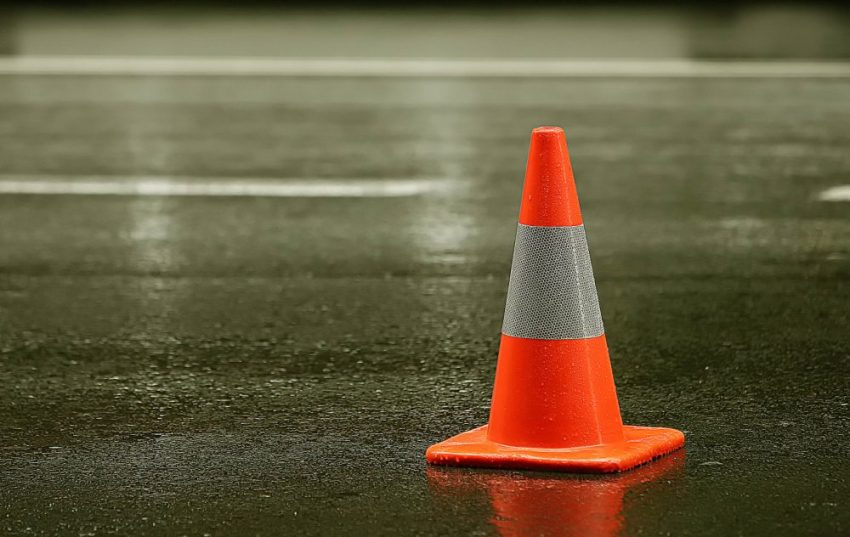Traffic cones, also known as road cones, highway cones, or construction cones, are tall, cone-shaped markers that are used to temporarily redirect traffic. These brightly colored cones are a common sight on roads and highways, and they serve an important role in keeping both drivers and pedestrians safe.
Traffic cones are typically made of flexible, durable plastic, and they are designed to be lightweight and easy to move. The most common color for traffic cones is fluorescent orange, although they can also be found in other colors such as yellow, red, and white. Traffic cones are usually between 18 and 36 inches tall, and they have a wide base that helps them to stay upright even when hit by a vehicle.
Traffic cones are used for a variety of purposes, including to mark off construction zones, to indicate where to detour around an accident or roadblock, and to set up temporary lanes for special events. They are also used to mark the boundaries of pedestrian walkways, and to direct traffic around parked vehicles or other obstacles.
One of the biggest advantages of traffic cones is that they are highly visible, even at night or in poor weather conditions. This makes them an effective tool for alerting drivers to potential hazards and directing them safely around construction sites or other areas where they need to slow down or exercise caution. In fact, the fluorescent orange color of most traffic cones is specifically chosen because it is highly visible to the human eye, even in low light conditions.
In addition to their visibility, traffic cones are also versatile and easy to use. They can be quickly and easily moved or rearranged to accommodate changing traffic patterns or hazards, and they can be stacked or nested when not in use to save space. This makes them a convenient and effective tool for traffic management, and they are often used by construction crews, road maintenance teams, and emergency responders to quickly and safely redirect traffic around areas where work is being done or hazards exist.
Despite their simplicity, traffic cones play a crucial role in keeping our roads and highways safe. They help to alert drivers to potential hazards, and they help to redirect traffic around construction sites and other obstacles. By using traffic cones, we can help to prevent accidents and ensure that everyone has a safe and smooth journey.
In addition to their practical uses, traffic cones have also become something of a cultural icon. They are often used as props in movies, TV shows, and other media, and they have even been featured in art installations and other forms of expression. This widespread recognition is a testament to the important role that traffic cones play in our society, and it highlights their unique ability to capture the public imagination.
Overall, traffic cones are a simple but essential tool for traffic management. They are highly visible, versatile, and easy to use, and they play a crucial role in keeping our roads and highways safe. Whether they are being used to mark off a construction zone, to detour around an accident, or to set up a temporary lane, traffic cones are an important part of our transportation infrastructure, and they will continue to play a vital role in keeping us all safe on the roads.
